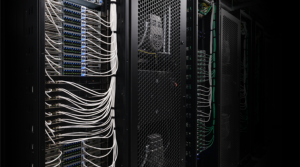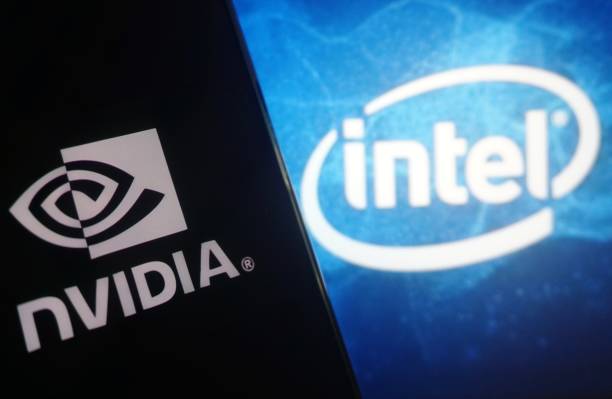Nvidia to Invest $5 Billion in Intel and $100 Billion in OpenAI, but why?
Sara Kathuria
Staff Writer
Nvidia, the world’s leading maker of artificial intelligence chips, made headlines last week with two investments that could reshape Silicon Valley: The company will invest $5 billion in Intel, buying a stake in its long-term rival, and a commitment of up to $100 billion in OpenAI, the creator of ChatGPT. Together, these deals illustrate Nvidia’s strategy to cement itself at the center of the AI ecosystem—but in very different ways.
Why back Intel?
Intel has long specialized in CPUs (central processing units), the general purpose “brains” inside computers. Nvidia, however, dominates the market for GPUs (graphics processing units), the engines behind today’s AI computing.
By teaming up, the two companies plan to develop AI-optimized integrated chips that combine Intel’s CPUs with Nvidia’s GPUs, with aims to boost performance in data centers and personal computers. By working with Intel, Nvidia gains influence in these CPU-driven markets and can push new integrated chips that bundle both technologies together. This allows Nvidia to compete in mainstream computing, not just AI supercomputers, and gives it a pathway into personal devices and enterprise servers where Intel has long been dominant.
Equally important is the manufacturing angle. Nvidia designs its chips, but it relies on outside manufacturing factories, most notably TSMC in Taiwan, the world’s largest semiconductor manufacturing company. That reliance comes with several risks. Taiwan is at the center of U.S.–China tensions, so political conflict or trade restrictions could disrupt shipments overnight. The island is also exposed to natural risks like earthquakes or power shortages, any of which could halt production. On top of that, TSMC serves many of the world’s biggest tech companies, which means Nvidia competes for space on its production lines and does not always have priority. Relying so heavily on one supplier leaves Nvidia vulnerable both to delays and to higher costs. By working with Intel, which is investing in advanced factories in the U.S., Nvidia gains a second source of production on domestic soil. This provides a safety net if problems arise in Taiwan and gives Nvidia more control over its supply chain. For Intel, the deal brings $5 billion in fresh capital and a direct role in the AI supply chain, strengthening its case as a serious competitor in advanced manufacturing after years of falling behind rivals.

Why back OpenAI?
Nvidia is committing up to $100 billion to OpenAI, but it’s not buying control of the company. Instead, it’s taking non-voting shares, which means Nvidia can benefit if OpenAI grows in value but won’t have a say in how it’s run.
The key part is what OpenAI gives in return: it has agreed to spend much of that money on Nvidia’s hardware. Building new data centers will require millions of GPUs and enough equipment to use about 10 gigawatts of electricity. That’s roughly the same energy ten nuclear plants can produce, which shows just how massive this project is.
For Nvidia, this is basically a guaranteed customer. As OpenAI builds bigger systems, Nvidia is the one selling the parts. And because the deal is structured like an ongoing service, OpenAI pays for computing power over time—Nvidia gets steady, recurring income instead of just one-time sales.
This deal also strengthens Nvidia’s competitive position. By securing OpenAI as a long-term customer, Nvidia effectively locks down one of the biggest buyers of AI hardware in the world. That makes it much harder for rivals such as AMD or smaller chip startups to win contracts at the same scale.

Market Response
Nvidia’s stock rose about 3.9% on Sept. 22, closing at $183.61, after the OpenAI deal was announced. Intel’s shares surged even more, up 23% on Sept. 18 when the $5 billion stake was made public. The jumps reflect investor confidence in Nvidia securing future sales and Intel gaining a foothold in AI hardware.
Analysts caution, however, that risks still remain. Regulators could question whether Nvidia’s funding of OpenAI, which then spends heavily on Nvidia hardware, limits competition. Intel also faces execution risks, as it continues to struggle with next generation chipmaking and has even sought partnerships with firms like TSMC and Apple to boost capacity.
Looking ahead, investors should watch whether Intel’s U.S. factories meet their 2026 production targets, whether Nvidia’s earnings show growth in data-center revenue from OpenAI orders, and how rivals like AMD try to capture market share. These signals will determine whether the deals deliver lasting gains or just a short-term boost.
Contact Sara at kathursa@shu.edu

